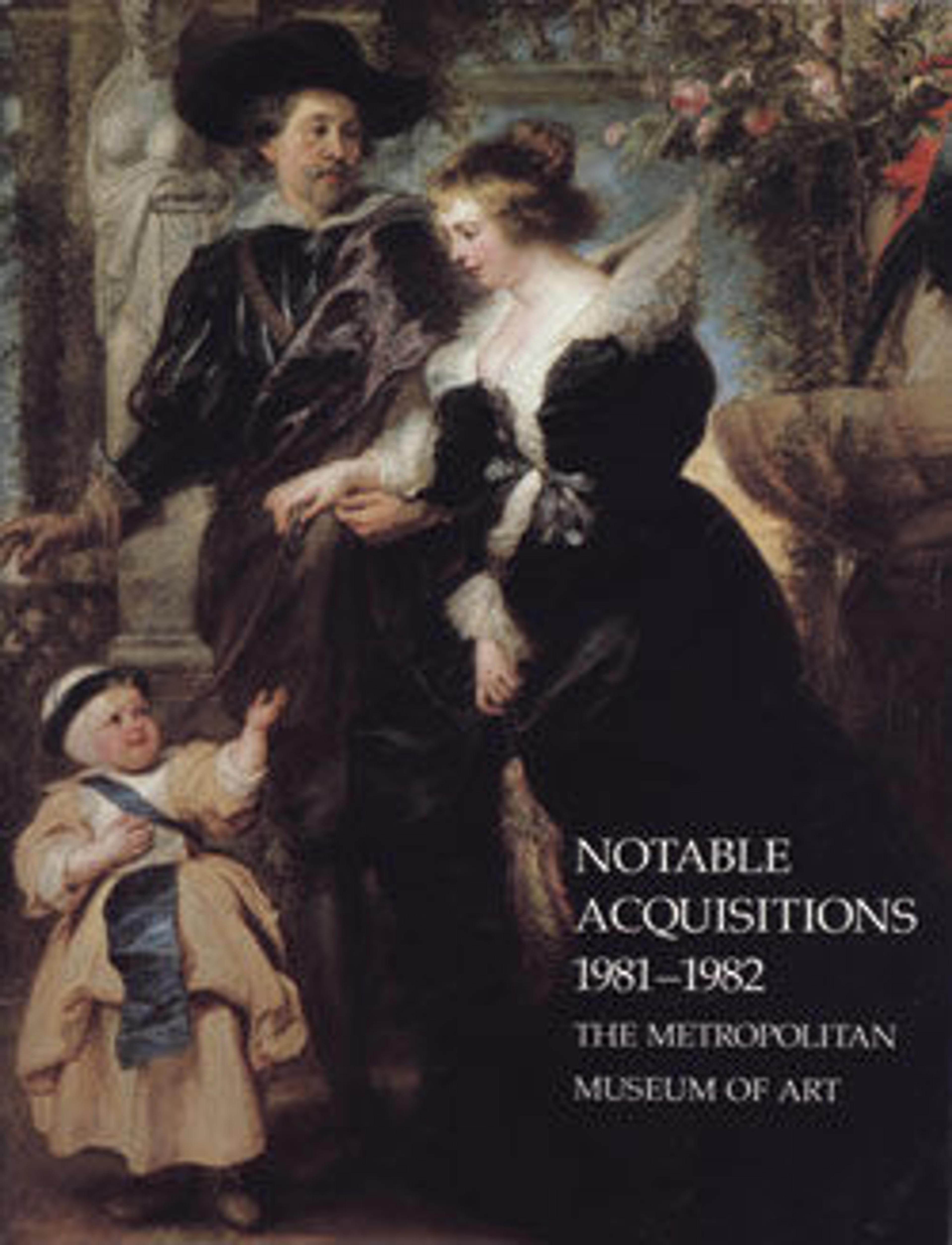Vulture vessel
Ceramic vessels in the form of animal effigies were made in large numbers in many parts of Mexico throughout the Precolumbian era. Often used in ceremonies, the animals selected for depiction were those that played a role in myth. They served as cultural and cosmic metaphors based on their habitat and natural features.
Birds generally symbolized the celestial realm and were associated with the sun, moon, and planet Venus; they were also considered messengers between the world of the living and the supernatural sphere. The bird depicted on this handsome tripod vessel, supported by the bird's legs and tail, probably represents a king vulture (Sarcoramphus papa) because of the characteristic fleshy protuberance (now missing) at the base of its beak. Although king vultures feed primarily on carrion, they will occasionally kill for food; they are therefore connected with human sacrifice in ancient Mexican thought. The rendering of the bird includes three significant human aspects: from its projecting "ear" flanges hang pendant ornaments; its talons are shown as hands with prominent thumbs; and its head is adorned with a pleated paper fan often seen on headdresses of Aztec deity figures. The contours of the vessel are well-balanced—the lines of the sloping wings echoing the angles of the legs—and the bulging chest of the bird is perfectly centered between its strong legs. The smooth, shiny dark red and black surface creates a pleasing contrast to the rough, matte texture of the head and feet.
Birds generally symbolized the celestial realm and were associated with the sun, moon, and planet Venus; they were also considered messengers between the world of the living and the supernatural sphere. The bird depicted on this handsome tripod vessel, supported by the bird's legs and tail, probably represents a king vulture (Sarcoramphus papa) because of the characteristic fleshy protuberance (now missing) at the base of its beak. Although king vultures feed primarily on carrion, they will occasionally kill for food; they are therefore connected with human sacrifice in ancient Mexican thought. The rendering of the bird includes three significant human aspects: from its projecting "ear" flanges hang pendant ornaments; its talons are shown as hands with prominent thumbs; and its head is adorned with a pleated paper fan often seen on headdresses of Aztec deity figures. The contours of the vessel are well-balanced—the lines of the sloping wings echoing the angles of the legs—and the bulging chest of the bird is perfectly centered between its strong legs. The smooth, shiny dark red and black surface creates a pleasing contrast to the rough, matte texture of the head and feet.
Artwork Details
- Title: Vulture vessel
- Artist: Itzocan artist(s)
- Date: 1200–1521 CE
- Geography: Mexico, Puebla
- Culture: Mexica (Aztec)
- Medium: Ceramic
- Dimensions: H 8 3/8 × W. 8 1/4 × D. 9 1/8 in. (21.3 × 21 × 23.2 cm)
- Classification: Ceramics-Containers
- Credit Line: Gift of Carol R. Meyer, 1981
- Object Number: 1981.297
- Curatorial Department: The Michael C. Rockefeller Wing
More Artwork
Research Resources
The Met provides unparalleled resources for research and welcomes an international community of students and scholars. The Met's Open Access API is where creators and researchers can connect to the The Met collection. Open Access data and public domain images are available for unrestricted commercial and noncommercial use without permission or fee.
To request images under copyright and other restrictions, please use this Image Request form.
Feedback
We continue to research and examine historical and cultural context for objects in The Met collection. If you have comments or questions about this object record, please contact us using the form below. The Museum looks forward to receiving your comments.
